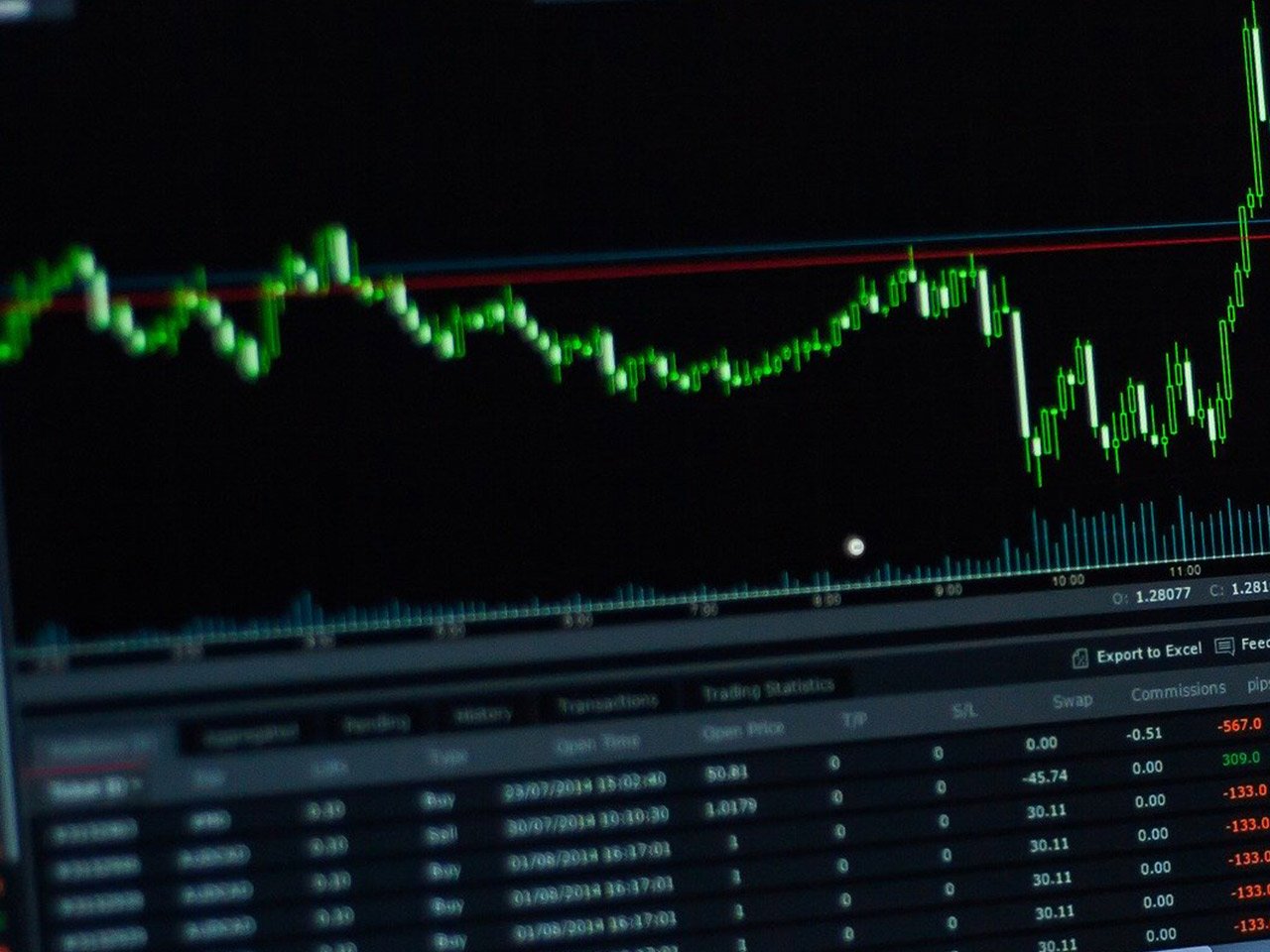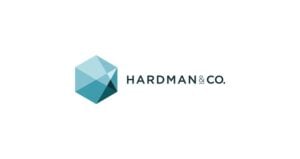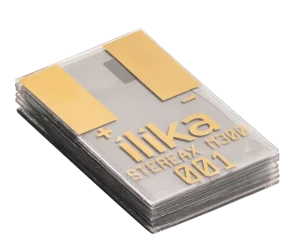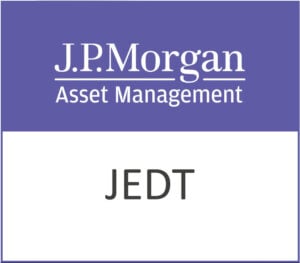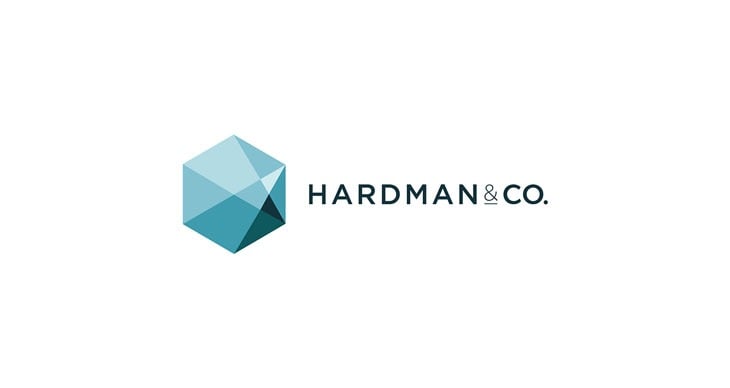Investors eyeing opportunities in the healthcare sector might find Schrödinger, Inc. (NASDAQ: SDGR) an intriguing prospect, especially given its forecasted potential upside of 39.45%. Specializing in the dynamic field of health information services, Schrödinger offers a unique blend of software and drug discovery segments that leverage physics-based computational platforms for novel molecular discoveries.
Currently, Schrödinger’s stock is priced at $22.39, sitting comfortably within its 52-week range of $16.98 to $26.69. Despite a modest price change of 0.16 (0.01%), the stock is trading above both its 50-day and 200-day moving averages, which stand at $21.95 and $21.66, respectively. This technical positioning could indicate potential resilience and a bullish outlook, supported by a Relative Strength Index (RSI) of 39.70, which suggests that the stock is not overbought.
One of the standout features of Schrödinger is its remarkable revenue growth rate of 62.70%, a testament to its innovative approach and robust business model. However, the company has yet to turn this growth into profitability, as indicated by its negative EPS of -2.63 and a Return on Equity of -43.33%. Moreover, the company is facing challenges in generating positive free cash flow, with a negative figure of $17.7 million.
Valuation metrics such as P/E, PEG, and Price/Book ratios are not available, which may pose a challenge for traditional value investors. Nonetheless, the company’s strategic collaborations, notably with industry giant Novartis Pharma AG, provide a strong foundation for future growth and profitability. This partnership aims to advance multiple development candidates, potentially unlocking significant value for shareholders.
From an analyst perspective, Schrödinger has garnered a consensus of confidence with seven buy ratings and two hold ratings, and notably, no sell ratings. The average target price of $31.22 suggests a compelling upside, with analysts projecting a target price range between $26.00 and $39.00.
Despite not offering dividends, the company’s focus on reinvesting earnings into its growth initiatives is clear, as reflected by a payout ratio of 0.00%. This reinvestment strategy aligns with Schrödinger’s commitment to expanding its preclinical and clinical program portfolio.
For investors, Schrödinger represents an opportunity to participate in a company positioned at the forefront of computational drug discovery and materials science. While the lack of profitability and negative cash flow are current hurdles, the company’s innovative platform and strategic partnerships present significant long-term growth potential. As Schrödinger continues to harness its pioneering technology and expand its collaborative efforts, investors may find themselves well-rewarded by staying on course with this promising healthcare player.


